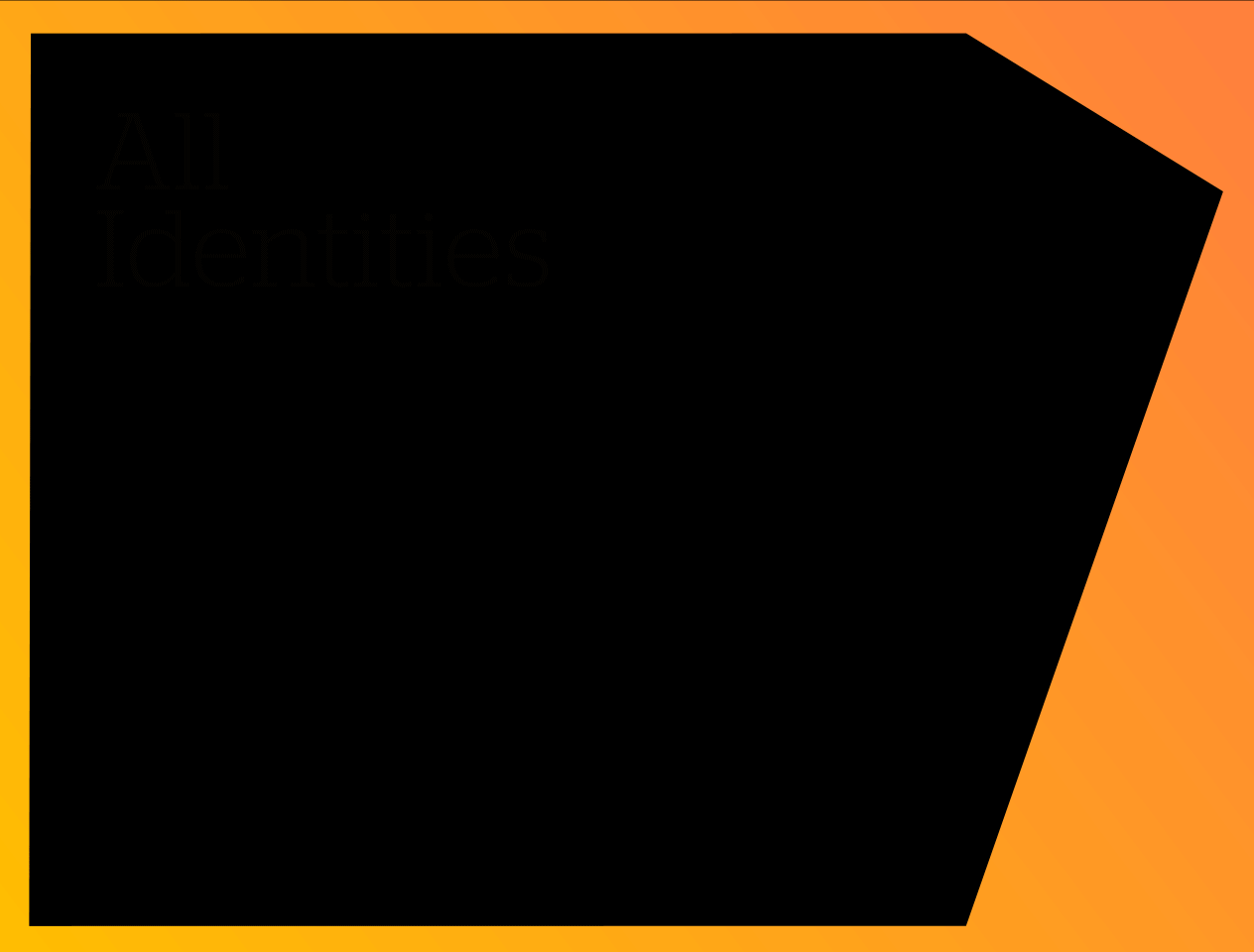Fun Work vs. Fulfilling Work
How we hire changes every year. Is there any page on a company’s website more volatile than its careers tab? At the start of the decade, it seemed like a place for plucky young startups to showcase almost everything besides what the organizations actually did. You’d have to scroll through two ping pong tables and at least one company dog before you got to any open positions. But at the end of the day, fun will only get you so far.
Why We Work
Now, the tech scene has largely outgrown its dorm room aesthetic. Prospective hires are looking for far more than bean bags and free lunches. Expectations have shifted from a place of amusement to a place of personal, professional, and emotional fulfillment. A modern company is required to have a handle on everything from 401(k)s to mental health benefits.
“The contract between the organization and the individual is beginning to change,” says Lynda Gratton, Professor of Management Practice at London Business School. “The old contract looked like this: ‘I work to buy stuff that makes me happy.’ The contract is negotiated by tangible assets. The new contract will be, ‘I work to make me happy.’ We have to think about work as being the thing, not the money you get from it. I don’t see many companies realizing how profound that change will be.”
How We Work
Beyond finding meaningful work, how we access that meaning is transforming as well. Eighty-two percent of people want to work from home at least once per week. In addition, it’s estimated that by 2028, 78% of employers will offer remote opportunities in some capacity.
By the numbers, you could view this mobility as chaos, but employers have a unique opportunity to rethink the way they build teams. As Rachael Klinefield says, “Rather than being wed to a finite group of employees who may or may not have the skill and passion to meet a company’s expectations, HR departments can nurture an ever-growing network of high-quality talent.”
This approach challenges the traditional hierarchical management style – and that’s a good thing. Instead, employers will shift toward relationship-oriented strategies that align with their pace, culture, and values. In this style of work, design and communication tools are absolutely essential to keep your talent network in sync, so find whatever works best for you.
Who We Work For
The idea of reputation management, perhaps something once relegated to a buzzword in the past, has never been more important in the age of purpose-driven brands. Like Yelp before them, sites like Reputation.com and Glassdoor act as gatekeepers between brands and top talent.
Recent research from Glassdoor found about half of more than 4,600 people surveyed use Glassdoor at some point during their job search, and that good ratings of a company’s compensation and benefits factor heavily in their decision about where to apply for or accept employment. If companies want to stay competitive, they have to treat their employer brand like they do their corporate brand and heavily manage its online reputation.
How We Find Talent
Just as technology is transforming the way people research brands, it’s shifting how brands research people. Modern recruiting software will continue to alter two key components of hiring: optimization and targeting. In other words, HR professionals will now use the time they once used combing through the slush pile to hone in on top talent. From beginning to end, the entire onboarding process will be streamlined, reducing the risk of a bad fit.
As technology continues to progress, companies will also take advantage of tools like machine learning and AI to build smarter chatbots. This will free up even more time for HR professionals to focus on the human aspects of hiring like relationship-building and discovering a value match.
The Future of Work
The future of work is a story that employers and employees are writing together. The role of an employer brand is ensuring that this story is as strong and harmonious as possible. Above everything else, a company is only as good as its people. Are you doing everything you can to attract and retain the right ones?
To learn about how you can turn your employer brand into a magnet for today’s top talent, contact Founding Partner Tracy Lloyd at [email protected].
Emotive Brand is a brand strategy and design firm in San Francisco.






